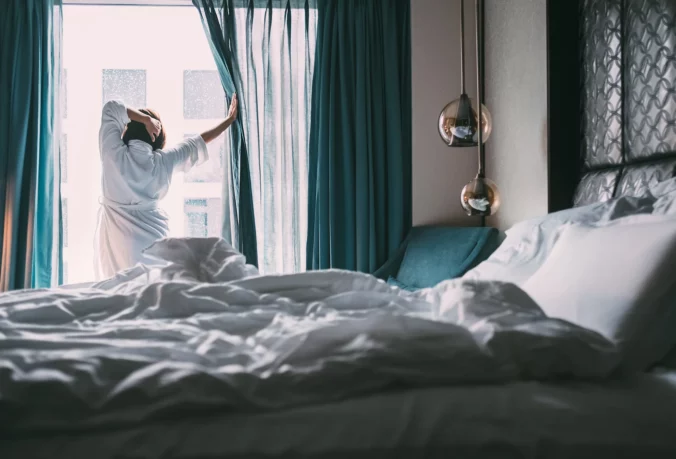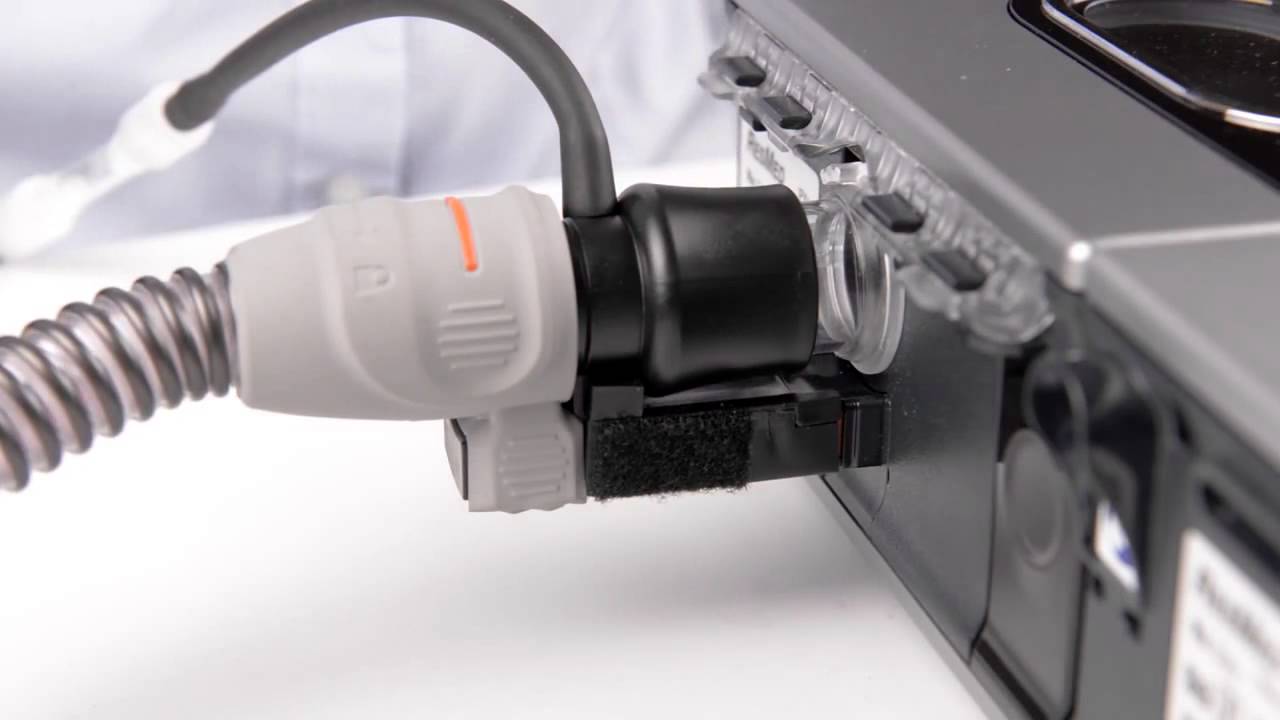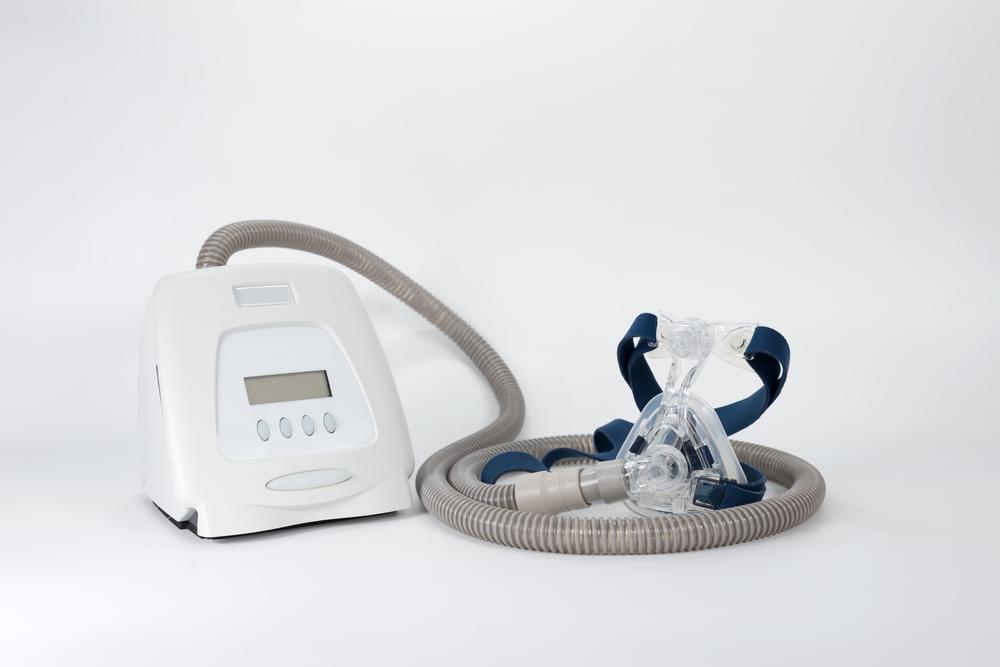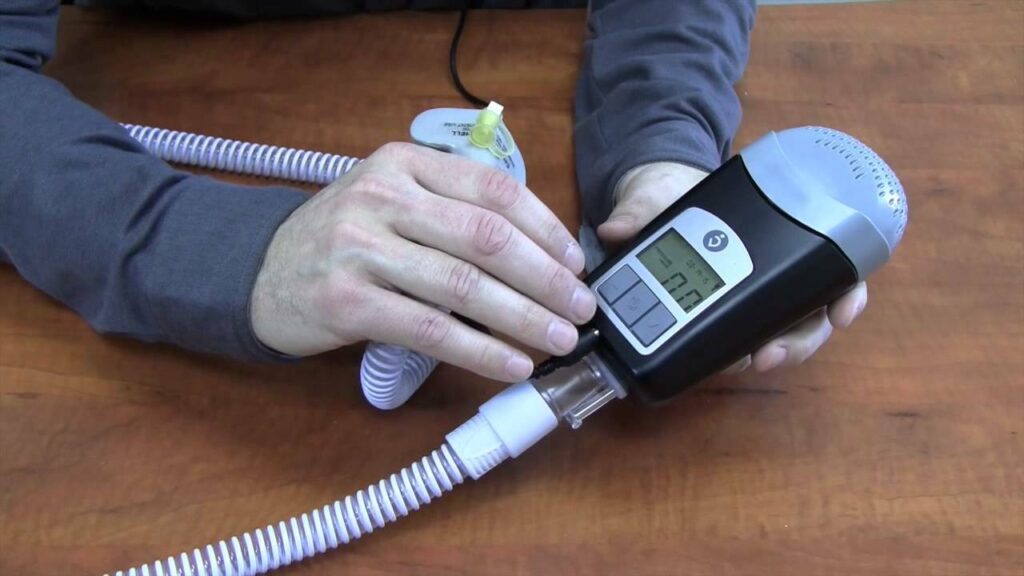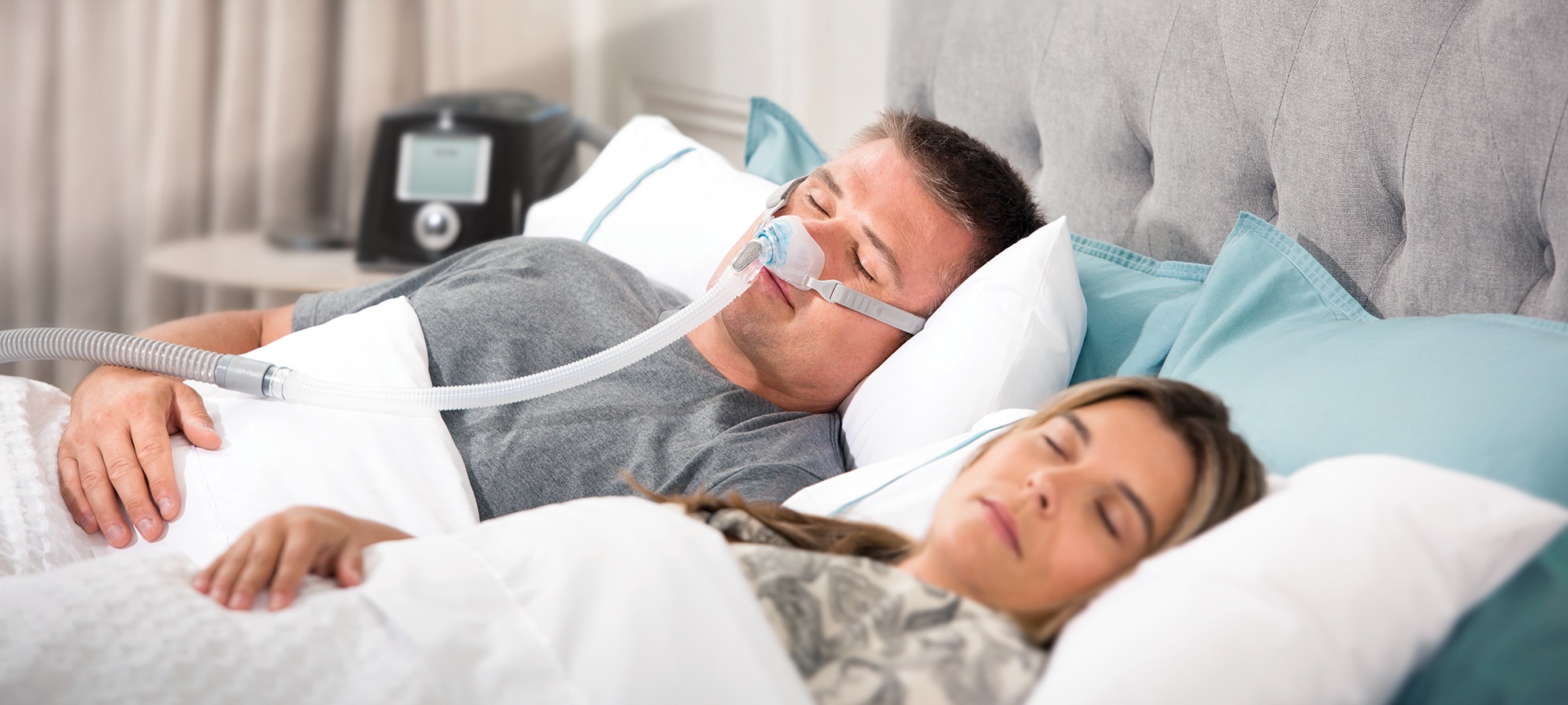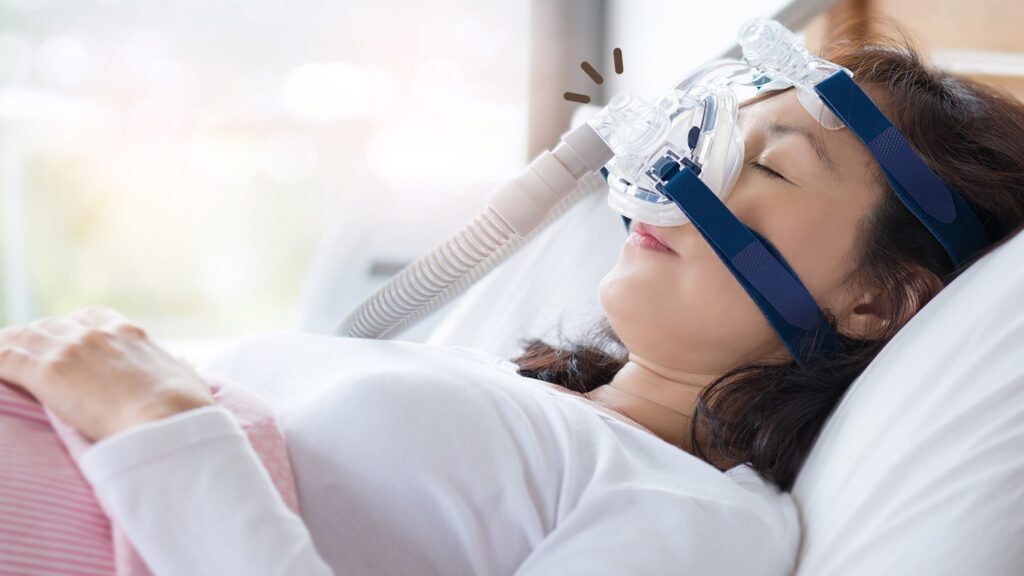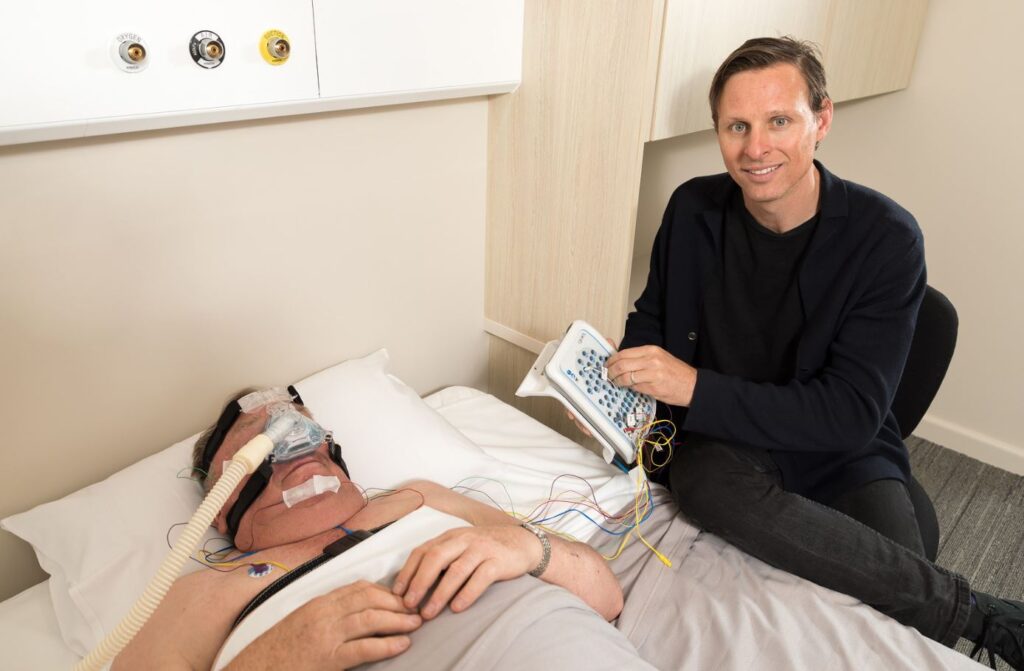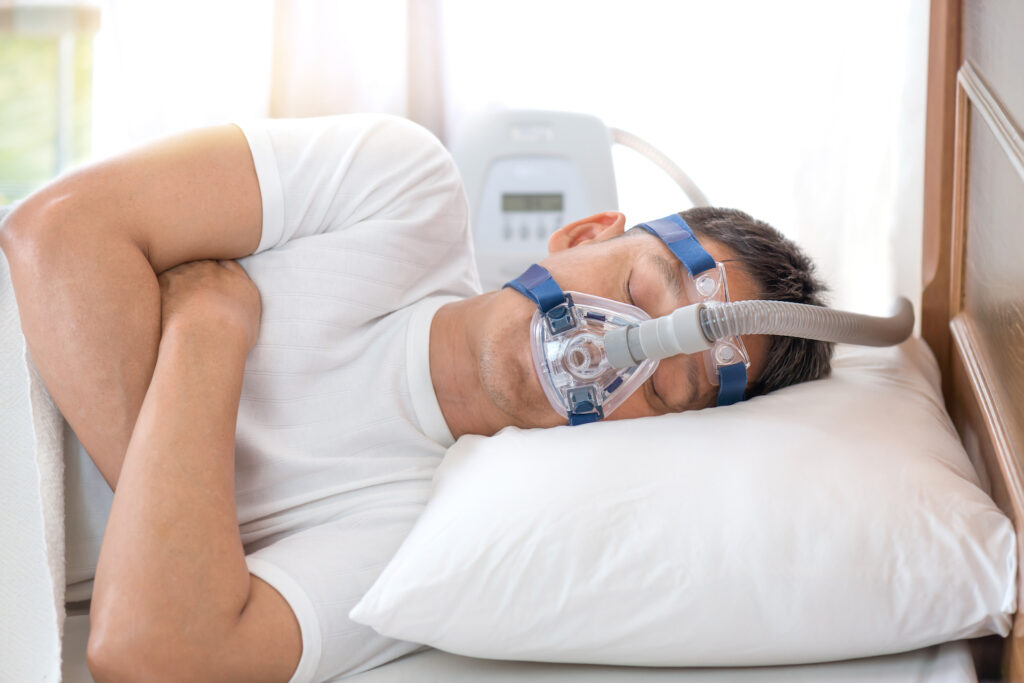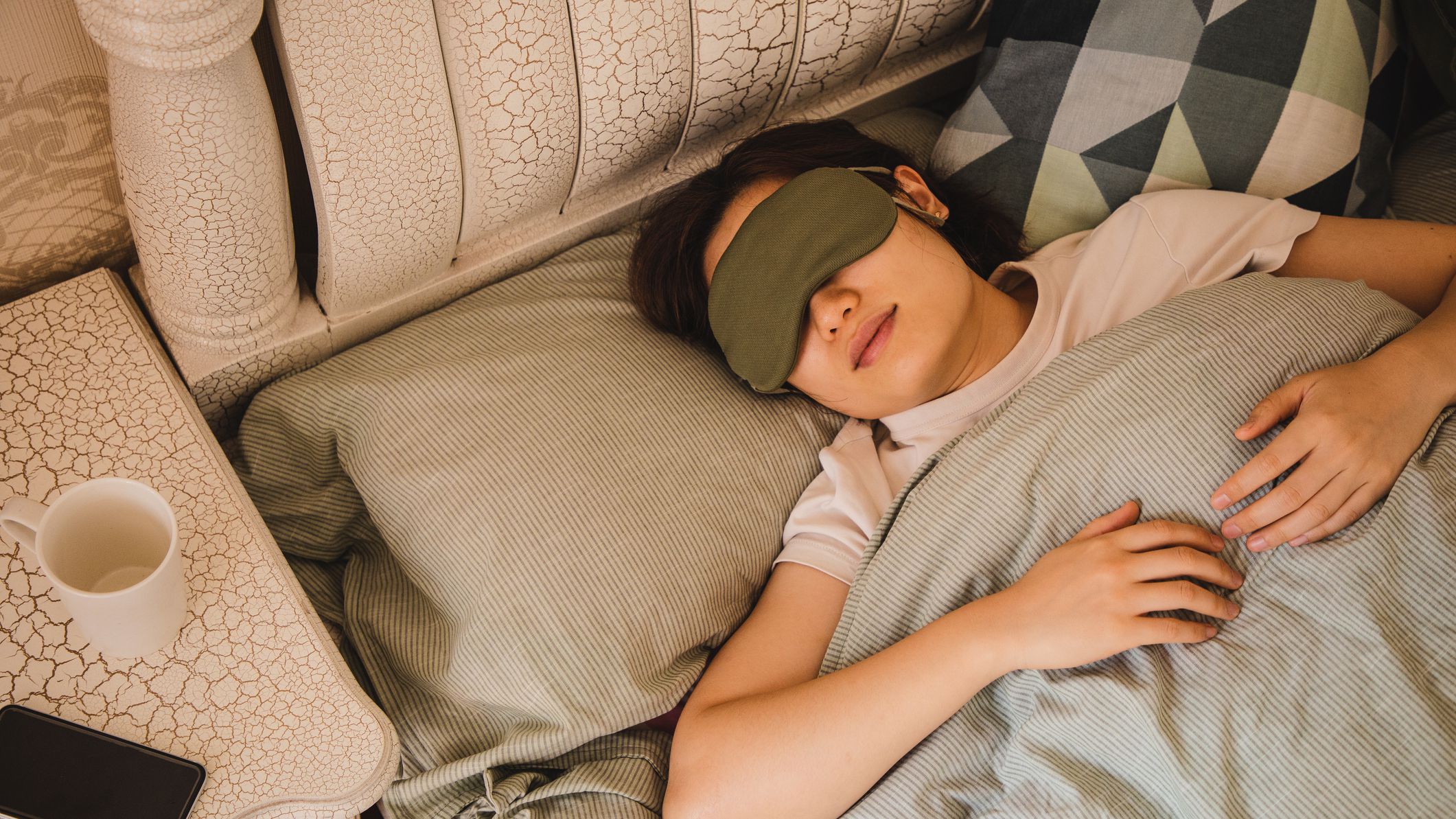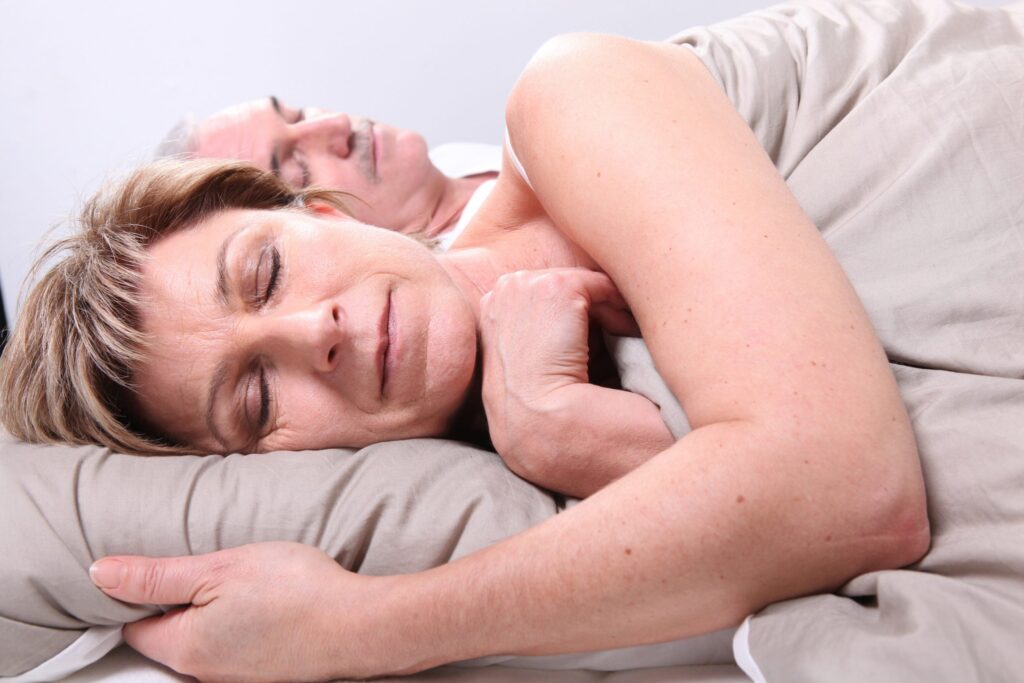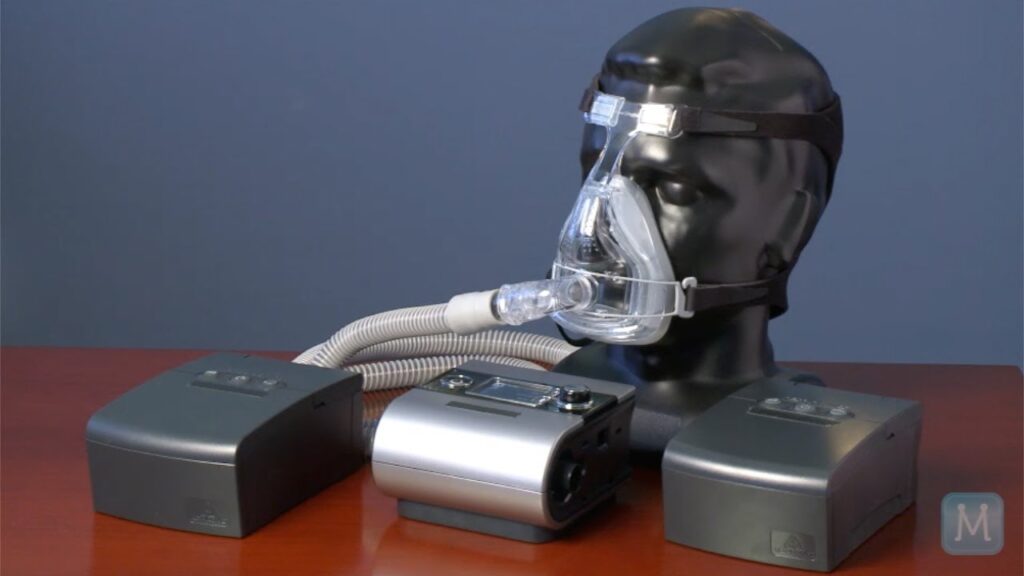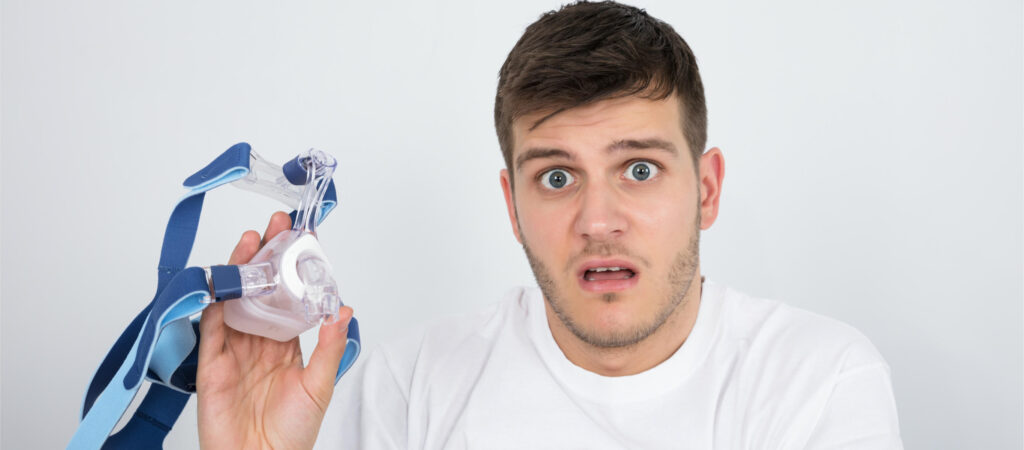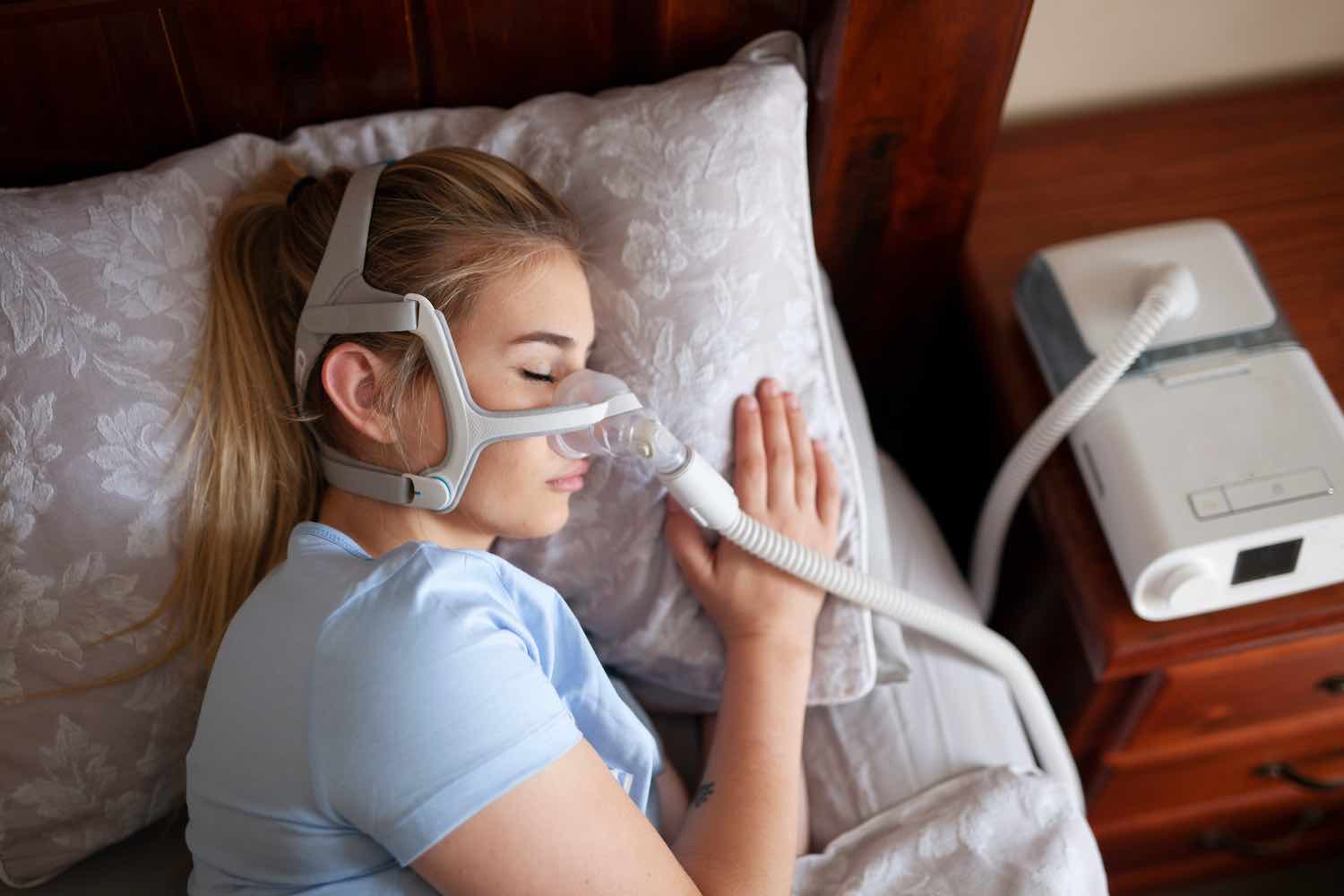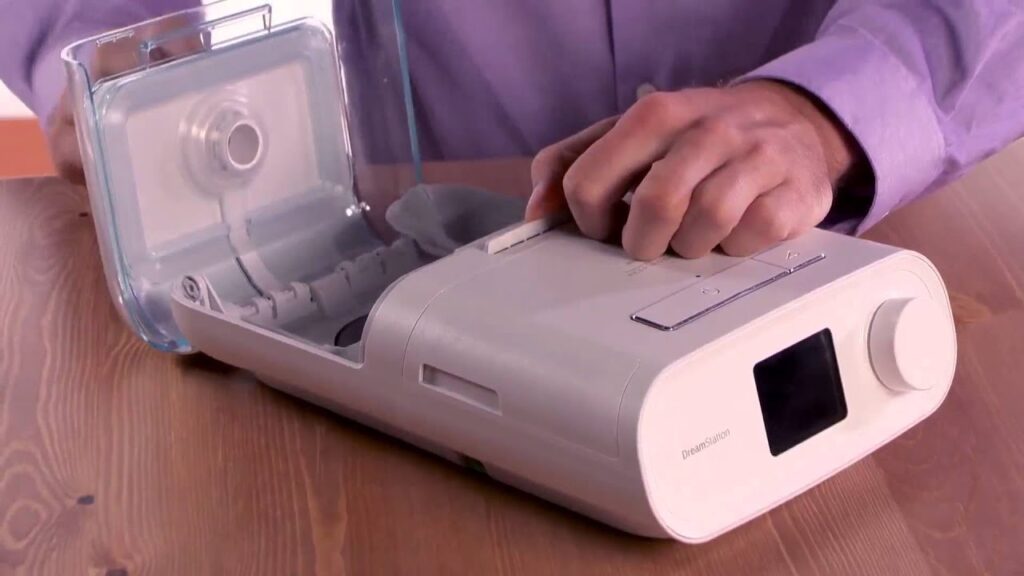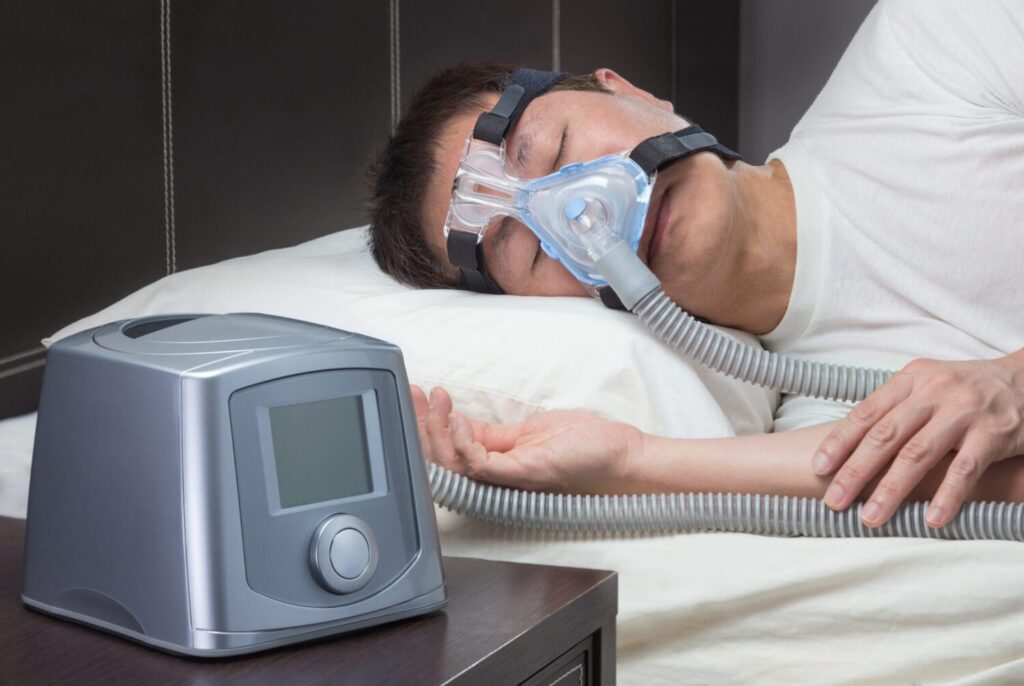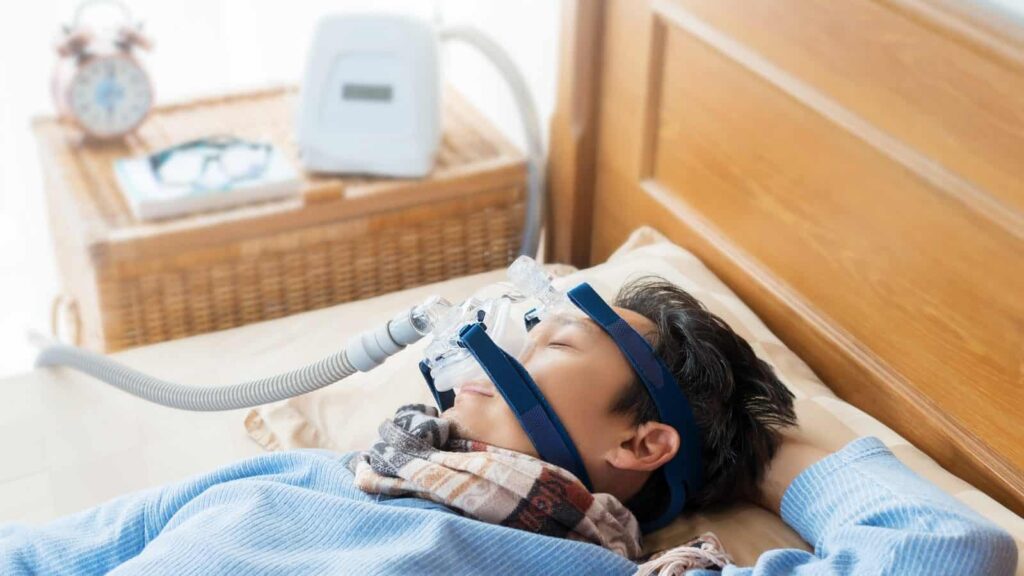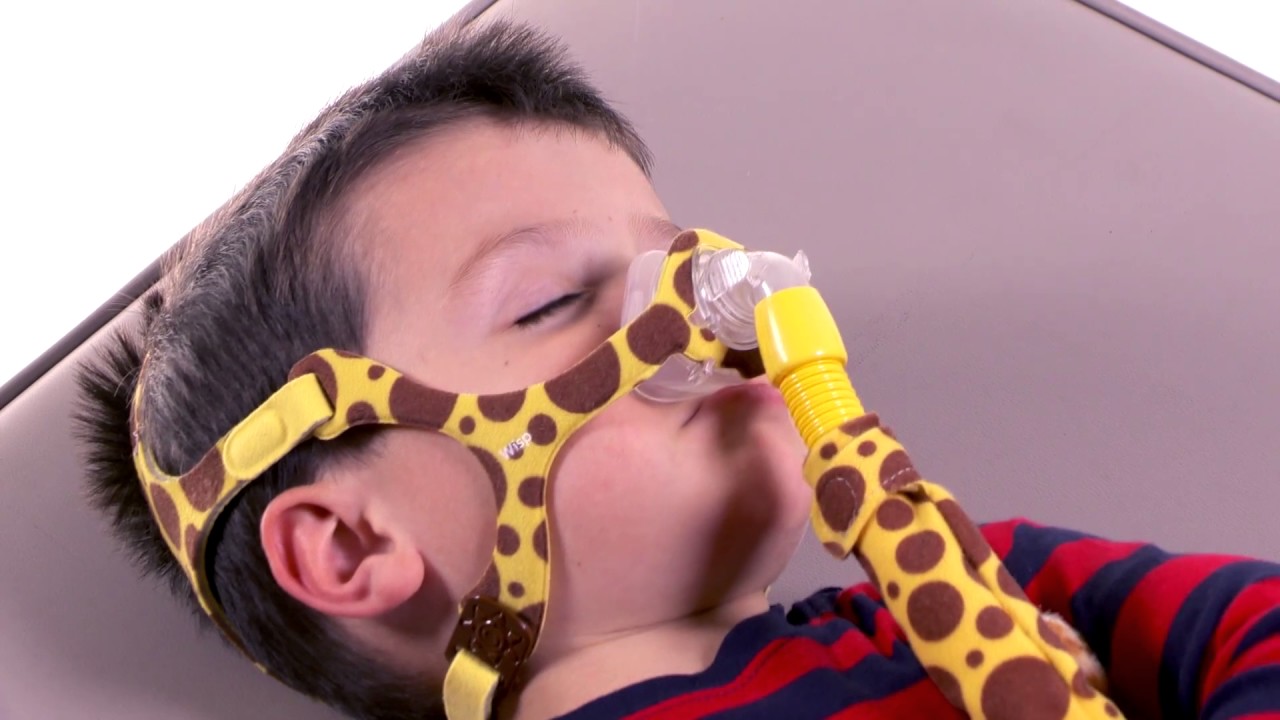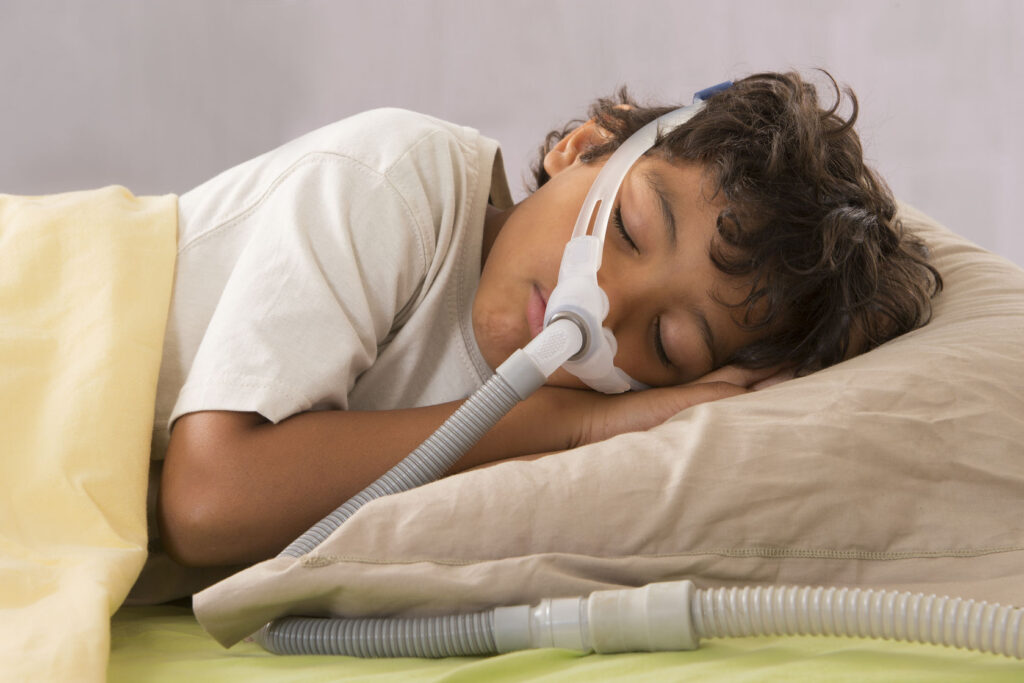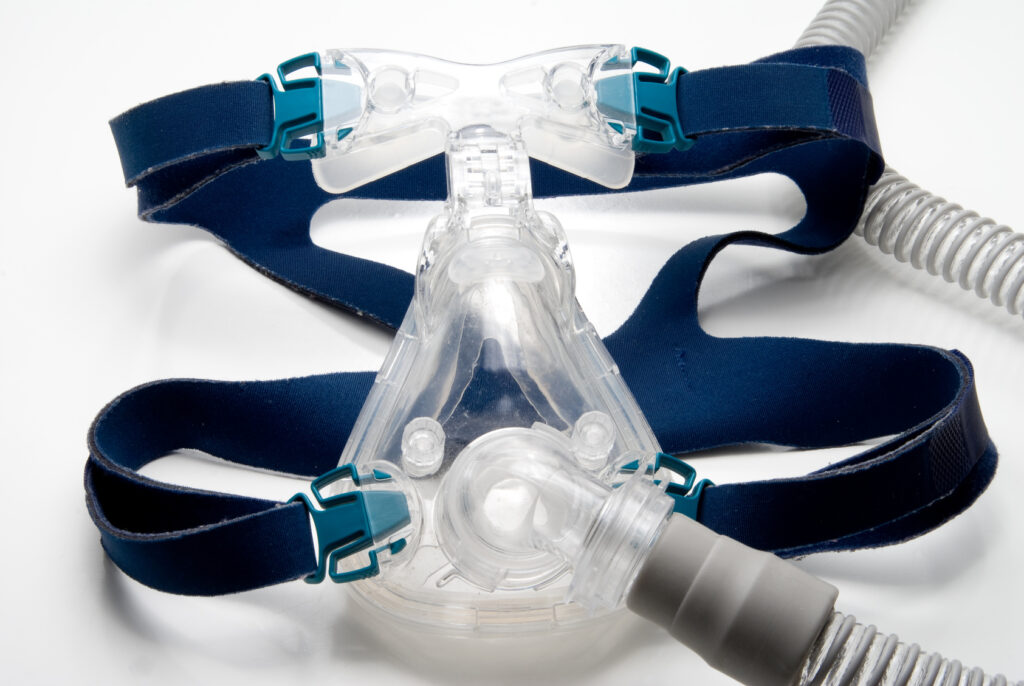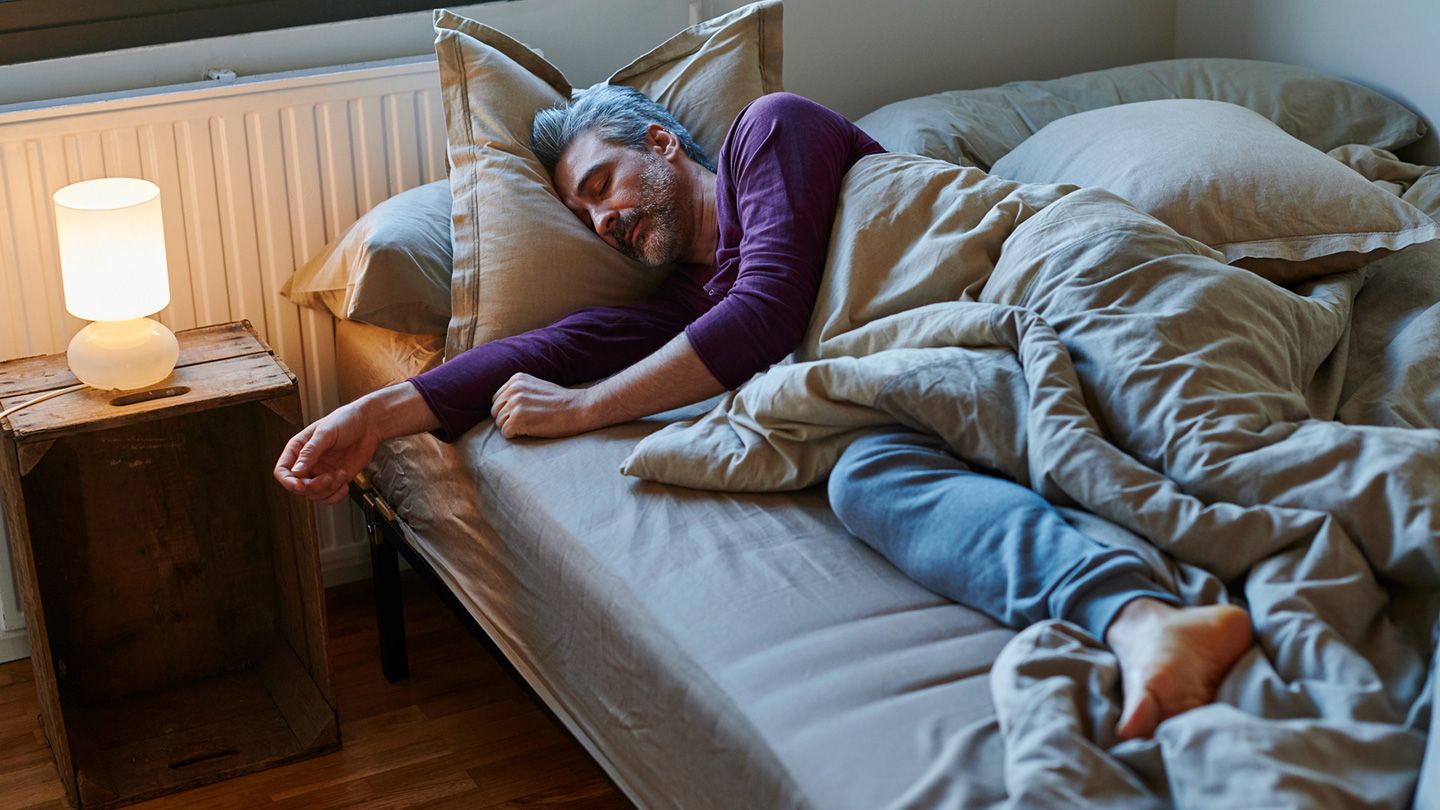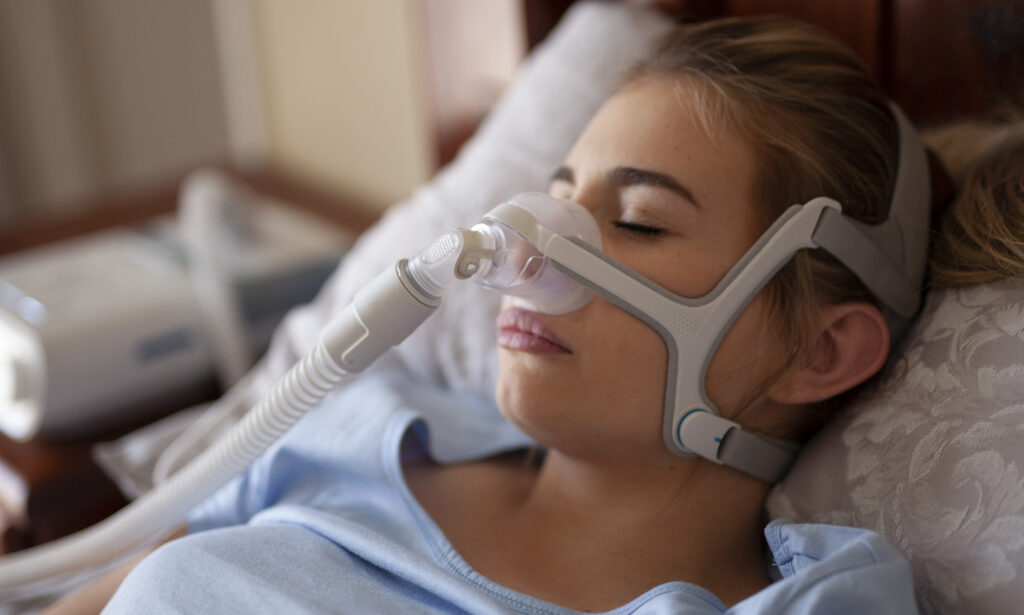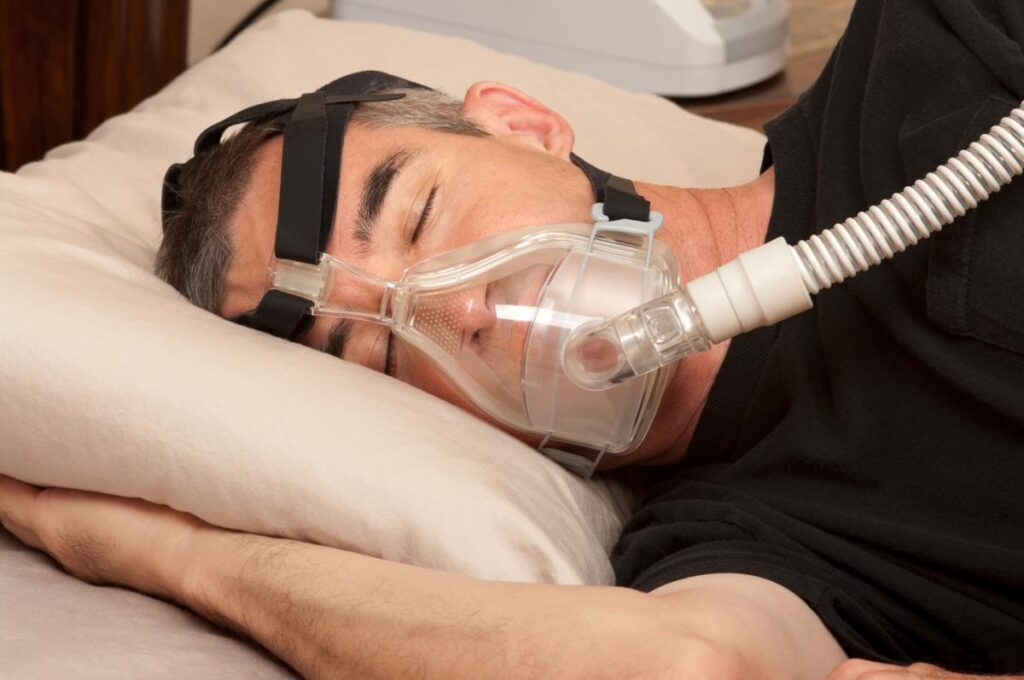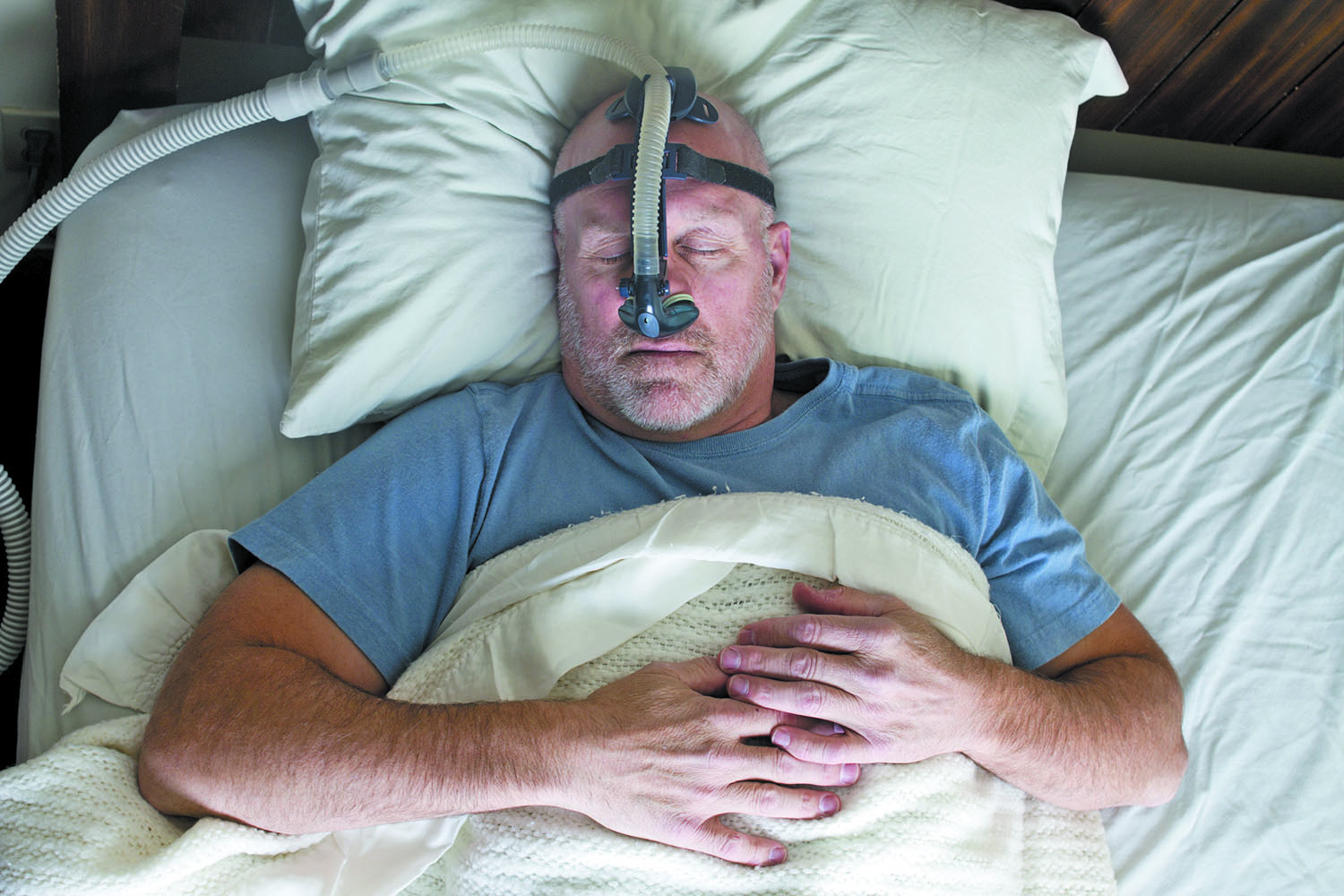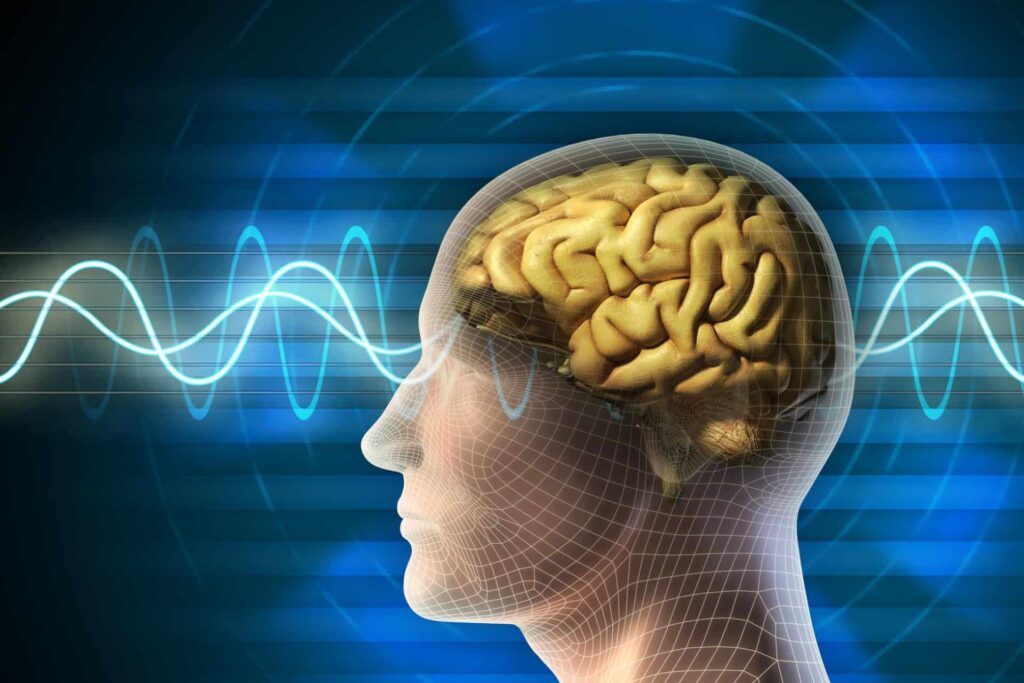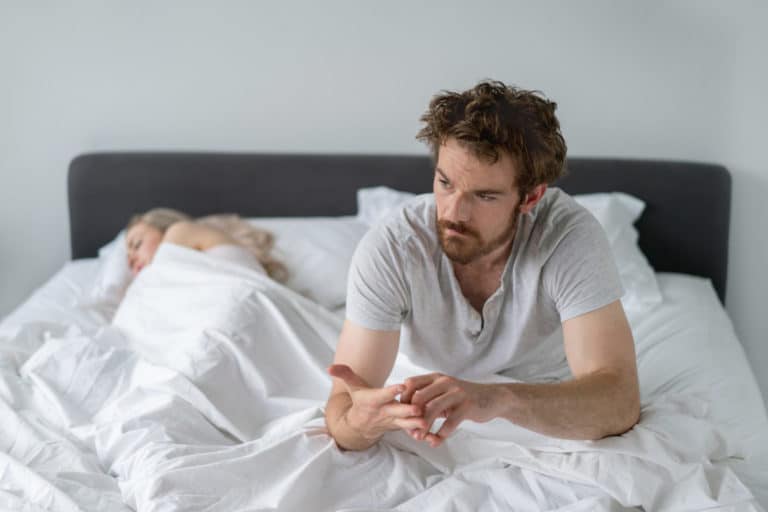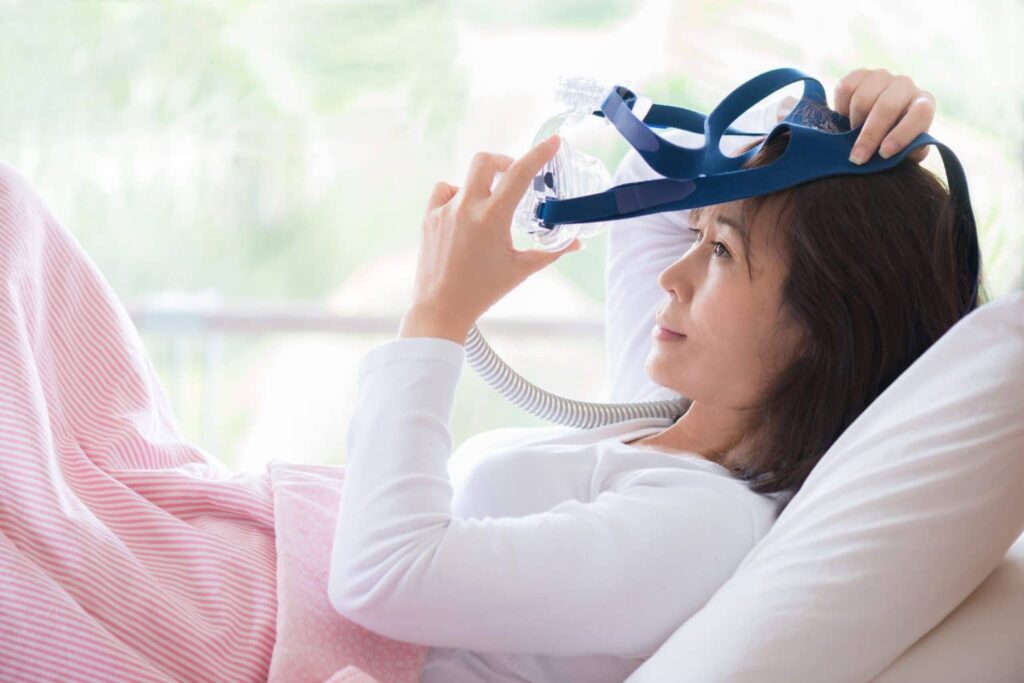In today’s fast-paced world, getting a good night’s sleep is more important than ever. Sleep deprivation can have detrimental effects on our physical and mental health, leading to decreased productivity, mood swings, and even serious medical conditions. One common sleep disorder that affects millions of people worldwide is sleep apnea, a condition where breathing is repeatedly interrupted during sleep. In this ultimate guide, we will delve into the world of CPAP machines and how they can provide a breath of fresh sleep for those suffering from sleep apnea.
Understanding Sleep Apnea
Before we explore the benefits of CPAP machines, it is crucial to understand sleep apnea, its causes, and sleep testing. Sleep apnea is a chronic disorder that occurs when the muscles in the throat relax and obstruct the airway, resulting in pauses in breathing throughout the night. These pauses, known as apneas, can last anywhere from a few seconds to a minute and can occur multiple times per hour.
The Science Behind Sleep Apnea
To fully grasp the impact of sleep apnea, let’s delve into the science behind it. When the airway becomes blocked during sleep, the brain senses a lack of oxygen and sends signals to wake up and resume normal breathing. These constant disruptions prevent individuals with sleep apnea from entering deep, restorative sleep, leaving them feeling fatigued and groggy during the day.
During an apnea event, the muscles in the throat relax, causing the airway to narrow or close completely. This obstruction restricts the flow of air into the lungs, leading to a decrease in oxygen levels in the blood. As the oxygen levels drop, the brain triggers a response to wake the individual up, often with a loud gasp or choking sound. This cycle can repeat itself multiple times throughout the night, severely disrupting the sleep cycle.
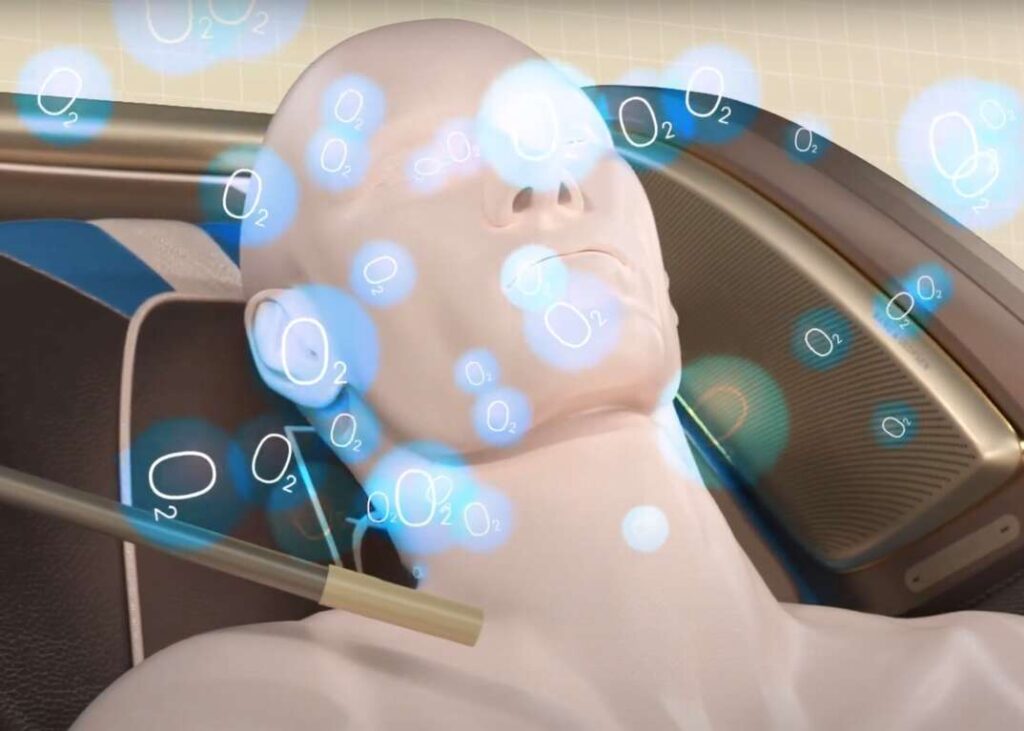
Furthermore, the lack of quality sleep caused by sleep apnea can have a significant impact on various bodily functions. It can affect memory and concentration, making it difficult to focus and perform daily tasks. It can also lead to mood swings, irritability, and even depression. The constant fatigue experienced by individuals with sleep apnea can also increase the risk of accidents, both at home and in the workplace.
Symptoms and Risks of Sleep Apnea
Identifying the symptoms and risks of sleep apnea is crucial in seeking proper diagnosis and treatment. Common symptoms include loud snoring, gasping or choking during sleep, excessive daytime sleepiness, morning headaches, and difficulty concentrating. However, it is important to note that not all individuals with sleep apnea exhibit these symptoms, making diagnosis challenging.
Aside from the immediate impact on daily life, untreated sleep apnea can have serious long-term consequences. The repeated drops in oxygen levels during apnea events put a strain on the cardiovascular system, increasing the risk of high blood pressure, heart disease, and stroke. Sleep apnea has also been linked to an increased risk of developing type 2 diabetes, as it can disrupt the body’s regulation of blood sugar levels.
Furthermore, sleep apnea can have a negative impact on relationships and overall quality of life. Loud snoring and constant disruptions during sleep can disturb the sleep of bed partners, leading to frustration and strain on the relationship. The chronic fatigue and daytime sleepiness experienced by individuals with sleep apnea can also limit their ability to participate in activities and enjoy life to the fullest.
In conclusion, understanding sleep apnea, its underlying science, and its potential risks is essential in recognizing the importance of proper diagnosis and treatment. By addressing sleep apnea, individuals can improve their overall health, well-being, and quality of life.
Introduction to CPAP Machines
Continuous Positive Airway Pressure (CPAP) machines have revolutionized the treatment of sleep apnea. These devices work by delivering a constant flow of air pressure through a mask, effectively keeping the airway open throughout the night. This ensures a steady and uninterrupted flow of oxygen, allowing individuals to experience a restful night’s sleep.
Sleep apnea is a common sleep disorder characterized by pauses in breathing or shallow breaths during sleep. These pauses can last from a few seconds to minutes and can occur multiple times throughout the night. CPAP machines have become the gold standard for treating sleep apnea, providing relief to millions of people worldwide.
How CPAP Machines Work
CPAP machines operate by drawing in air from the surrounding environment and compressing it to the prescribed pressure, which is determined by a sleep specialist. The pressurized air is then delivered through a tube connected to a mask worn over the nose or mouth. The continuous flow of air acts as a pneumatic splint, preventing the collapse of the throat muscles, and allowing for unobstructed breathing.
The mask used with CPAP machines comes in various styles and sizes to accommodate different facial structures and personal preferences. Some masks cover only the nose, while others cover both the nose and mouth. The masks are designed to be comfortable and secure, ensuring a proper seal to prevent air leakage.
CPAP machines also feature various settings that can be adjusted to meet individual needs. These settings include ramp time, which allows users to start with a lower pressure and gradually increase it over a specified period, and humidity control, which adds moisture to the air to prevent dryness and irritation.
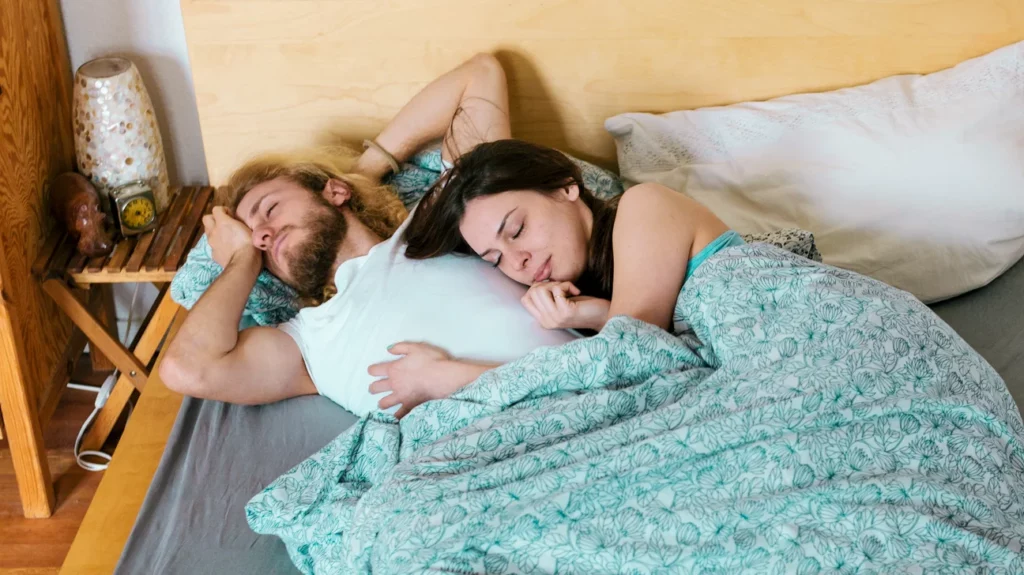
Different Types of CPAP Machines
When it comes to CPAP machines, one size does not fit all. There are several types of CPAP machines available, each catering to different needs and preferences. Traditional CPAP machines deliver a fixed pressure throughout the night, while Auto CPAP machines adjust the pressure based on the individual’s breathing patterns. This ensures that the pressure remains optimal, even if the individual’s breathing patterns change during the night.
In addition to traditional and Auto CPAP machines, there are also BiPAP machines, which deliver two different pressures: a higher pressure during inhalation and a lower pressure during exhalation. BiPAP machines are often prescribed for individuals who have difficulty exhaling against a high pressure.
For those constantly on the go, there are travel-friendly CPAP machines available. These machines are lightweight, compact, and often come with a travel case for easy transportation. They are designed to provide the same level of therapy as standard CPAP machines, allowing individuals to maintain their sleep apnea treatment even when away from home.
It’s important to note that CPAP machines should be used under the guidance of a healthcare professional. A sleep specialist will determine the appropriate pressure settings and mask type based on an individual’s sleep study results and specific needs. Regular follow-ups with the sleep specialist are also recommended to ensure the CPAP therapy remains effective and to address any concerns or issues that may arise.
Benefits of Using a CPAP Machine
Now that we have covered the basics of sleep apnea and CPAP machines, let’s explore the numerous benefits that these devices offer.
Improving Sleep Quality
One of the primary advantages of using a CPAP machine is the significant improvement in sleep quality. By keeping the airway open and providing a continuous flow of oxygen, CPAP machines ensure that individuals with sleep apnea can achieve deep, restorative sleep. This results in increased energy levels, improved mood, and enhanced cognitive function throughout the day.
Furthermore, when sleep apnea is left untreated, it can lead to chronic sleep deprivation. This can have a detrimental impact on various aspects of life, including work performance, relationships, and overall well-being. By using a CPAP machine, individuals can break free from the cycle of poor sleep and experience the rejuvenating effects of a full night’s rest.
Long-Term Health Advantages
Using a CPAP machine not only promotes better sleep but also contributes to long-term health and well-being. By addressing the underlying cause of sleep apnea – the obstruction of the airway – CPAP machines reduce the risk of developing serious medical conditions such as hypertension, cardiovascular disease, and diabetes.
Untreated sleep apnea can put immense strain on the cardiovascular system, leading to high blood pressure and an increased risk of heart attacks and strokes. By ensuring a continuous flow of oxygen, CPAP machines help to regulate blood pressure and reduce the workload on the heart, thus minimizing the risk of these life-threatening conditions.
In addition to cardiovascular health, CPAP therapy has also been shown to have a positive impact on blood sugar control. Sleep apnea has been linked to insulin resistance and an increased risk of developing type 2 diabetes. By improving sleep quality and reducing the frequency of apnea episodes, CPAP machines can help individuals maintain stable blood sugar levels and reduce their risk of developing diabetes.
Proper treatment of sleep apnea has also been shown to improve overall life expectancy and quality of life. By addressing the underlying sleep disorder, individuals can experience a significant reduction in daytime fatigue, morning headaches, and cognitive impairment. This allows them to engage in daily activities with greater energy and focus, leading to a more fulfilling and productive life.
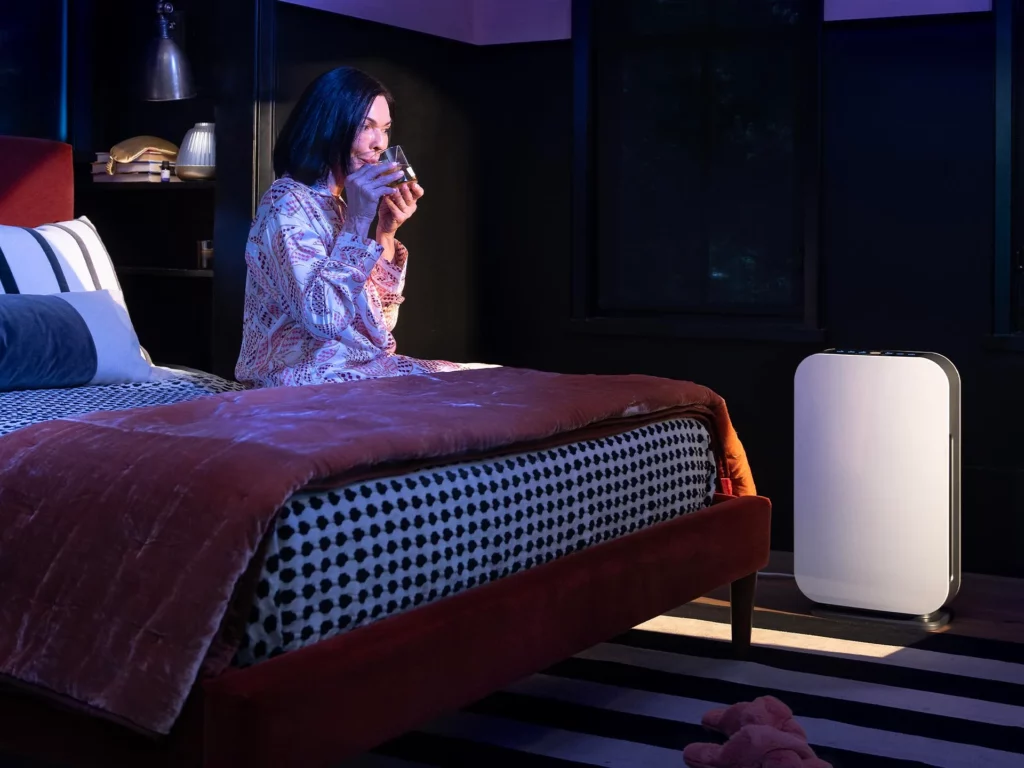
Choosing the Right CPAP Machine
With a wide array of CPAP machines available in the market, selecting the right one can seem daunting. However, with a few key considerations in mind, finding the perfect CPAP machine becomes a breeze.
Factors to Consider
When choosing a CPAP machine, it is essential to consider factors such as noise level, mask type, ease of use, and portability. Noise level can significantly impact sleep quality, so opt for a machine with a quiet operation. The mask type should be comfortable and fit securely to minimize air leaks. Additionally, consider the user-friendly features of the machine and whether it is suitable for travel if required.
Consulting with Your Doctor
Before making any decisions, it is crucial to consult with a sleep specialist or healthcare professional. They will assess your specific needs and provide recommendations tailored to your situation. They can also assist in adjusting the machine’s settings to ensure optimal therapy and comfort. A collaborative approach with your healthcare provider will help you make an informed decision.
Tips for First-Time CPAP Users
For individuals new to using a CPAP machine, adjusting to this new sleep therapy may take some time. Here are some tips to help you become comfortable with your machine and maximize its effectiveness.
Getting Comfortable with Your Machine
Getting accustomed to wearing a CPAP mask and using the machine can take time. Start by wearing the mask for short periods during the day to get used to the sensation. Gradually increase the duration until you can comfortably wear it throughout the night. Experiment with different mask styles and sizes to find the one that provides the best fit and comfort for you.
Maintaining Your CPAP Machine
Regular maintenance of your CPAP machine is crucial for optimal performance and longevity. Clean the mask, tubing, and humidifier chamber regularly using mild soap and water. Replace any worn-out parts promptly, following the manufacturer’s guidelines. Additionally, ensure that the filters are clean and free from dust and debris. Proper maintenance will prevent the growth of bacteria and ensure an uninterrupted flow of clean, fresh air.
In conclusion, CPAP machines have revolutionized the treatment of sleep apnea, offering a breath of fresh sleep to those in need. By understanding sleep apnea, the benefits of CPAP machines, and the factors to consider when choosing one, you can embark on a journey towards better sleep and improved overall health. With a little patience and guidance from healthcare professionals, CPAP therapy can transform your sleep quality and restore vitality to your everyday life.
Related – Breathe Better, Sleep Better: Your Guide to Sleep Apnea Solutions

